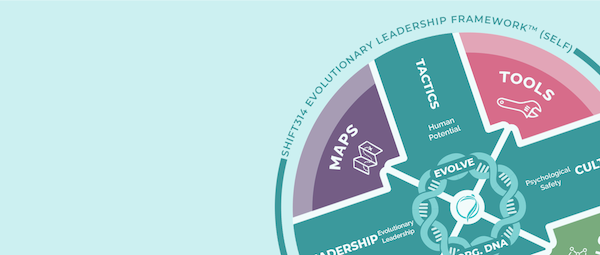A Holistic Approach to Organizational Success
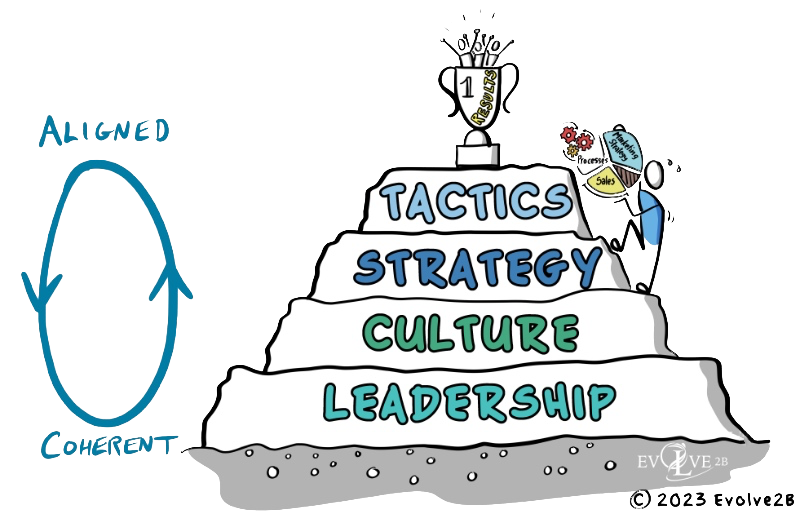
Many organizations face the challenge of fragmented change programs that fail to produce a coherent sustainable shift in organizational functioning.
We offer an aligned and coherent approach to evolving your group, department or organizational system. It’s called the Shift3.14 Evolutionary Leadership Framework.
We work with you on the tactics and strategy to deliver success in a way that elevates the culture and sets the tone with healthier leadership choices.
We have the Roadmap for Leadership and Organizational Evolution
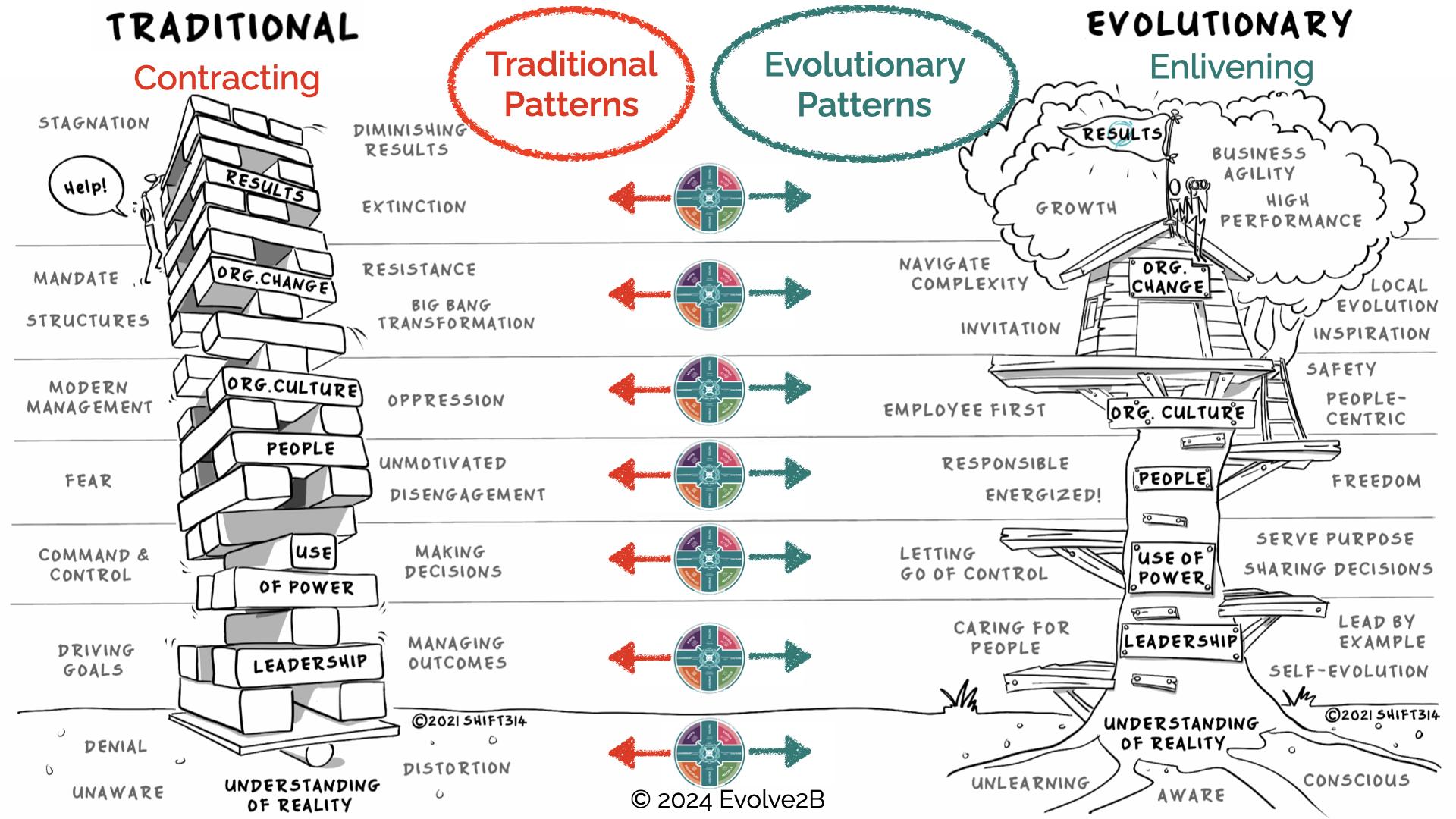
After more than a decade of learning, experimentation and application we have decoded a universal roadmap for leadership and organizational evolution.
We show leaders how to let go of Traditional Patterns of leadership and organizational functioning that diminish the life and energy of people and organizations. By adopting Evolutionary Patterns of interaction leaders we enable leaders to uplift and enliven their people and organizational systems.
Our approach operates in harmony with natural law and features a pragmatic path that works within the constraints of the human ego. It’s about restoring balance in ourselves, our people and organizations to enable higher levels of functioning.
We Solve For
Behaviour Gaps
Mindset Change
Culture Evolution
Learning Culture
Low Responsibility
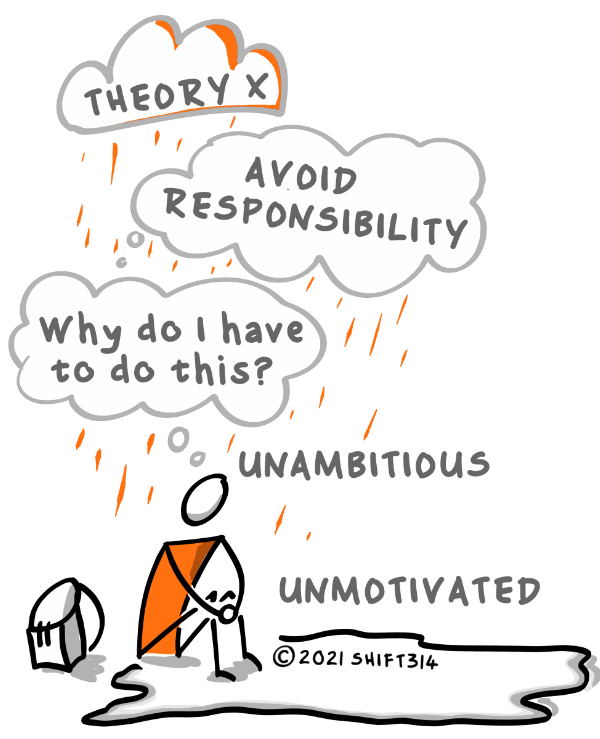
To Create
Alignment
Energized Staff
Capability Uplift
Adaptability
Happiness
Diversity & Inclusion
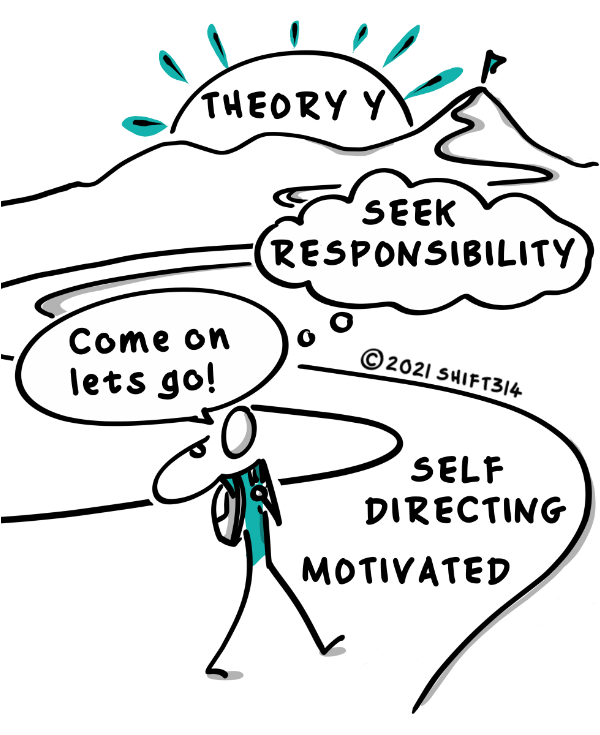
Shift the Consciousness of Your Organization

“The Evolution of an Organization depends on the Evolution of Individuals.”
An evolution in the consciousness is much more than meditation. It’s about an integrated shift in identity, values, beliefs and behaviours that lead to an exponential shift in functioning. The SELF Framework gives the practical upgrades to DOing and BEing that create an evolutionary path forward.
While many organizations aspire to employee engagement, innovation, sustainability and DEI, they lack the means to make material progress towards their goals. All of these are resolved when there is an integrated shift in consciousness and we have the roadmap and tools to achieve this.
Very practically, we enable leaders to mitigate their egos so that they can truly function as a team.
Practical Step-By-Step Guidance
Our book Leading Beyond Change gives leaders the practical step by step instructions needed to move from Traditional Patterns to Evolutionary Patterns.
The book is designed as a field guide to give leaders the day to day support and guidance to make the new choices that create new outcomes.
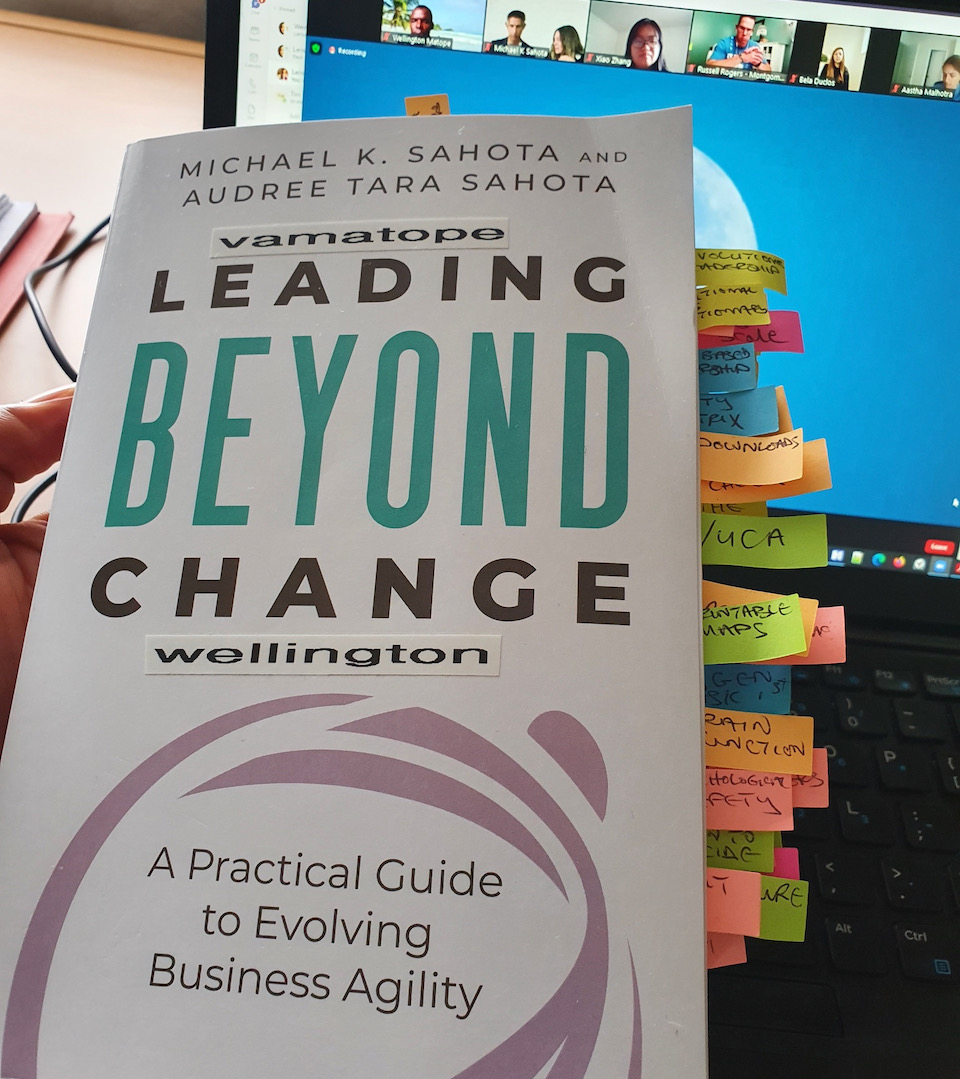
How Can We Help You?
Learn More About Our Work
The SHIFT3.14 Evolutionary Leadership Framework, SELFTM, is an integrated system navigating culture, leadership, and organizational change. It offers a holistic view of people and organizational systems needed for sustainable success.
Attend a Training
Learn How to solve today’s toughest leadership challenges with our Leading Evolutionary Organizations Training. We give you the practical steps to move out of traditional patterns into evolutionary ones to unlock people and performance.
Have a Conversation



